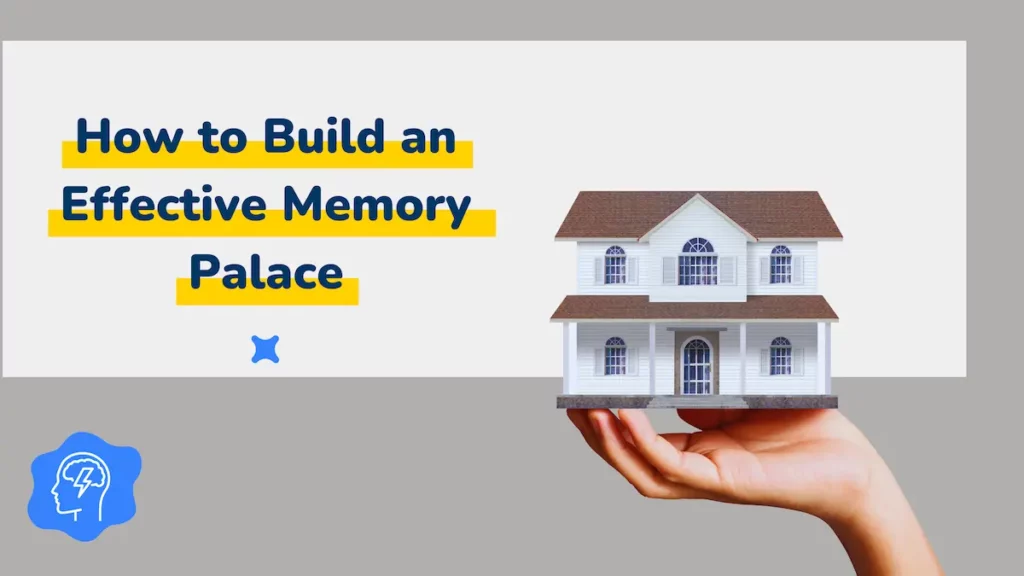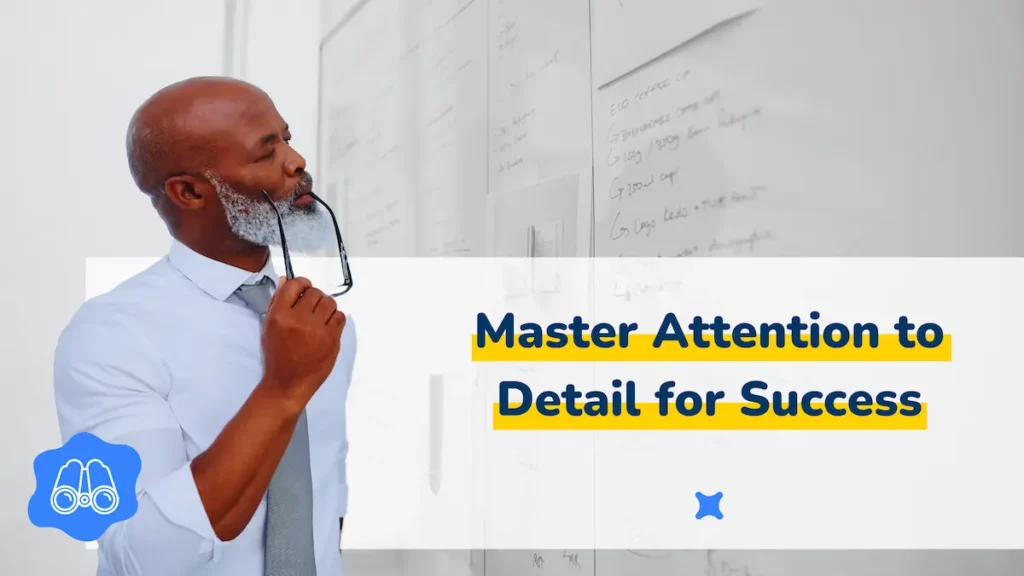The memory palace technique, also known as the method of loci, is an incredibly effective mnemonic strategy designed to boost memory retention. This guide offers a detailed, step-by-step approach to creating and using memory palaces successfully.
What is a Memory Palace?
Definition and Origins
A memory palace is a mental construct where you store mnemonic images. The memory palace technique dates back to ancient Greece and Rome, where it was used by orators to remember speeches. The method involves visualising a familiar place and linking pieces of information to specific locations (loci) within that space. By mentally navigating these locations, you can effortlessly recall the information.
Benefits of Using a Memory Palace
The memory palace technique leverages spatial memory, which is naturally strong in humans, to enhance recall. It helps in organising information systematically, making retrieval easier and more reliable. Additionally, the vivid mental images created during this process engage multiple senses, further solidifying the memory.
Steps to Create a Memory Palace
Choose a Familiar Place
Begin with a place you know well, such as your home, office, or a regular route. Familiarity aids in forming vivid mental images, which is crucial for the effectiveness of the memory palace.
Plan Your Route for Your Memory Palace
Identify distinct locations within your chosen place. Arrange these loci in a logical sequence, like a clockwise path through your house or a journey through various rooms. Consistent order is crucial for easier recall. For instance, if you choose your home, your route might start at the front door, move through the living room, kitchen, and so on.
Create Mnemonic Images
For each piece of information, craft a vivid, exaggerated mental image and place it in one of your loci. Engage your senses to make the images detailed. Use humour and exaggeration to make them more memorable. Here’s an example:
- Front Door (Locus 1): Imagine giant carrots opening the door.
- Shoe Rack (Locus 2): Visualise loaves of bread in place of shoes.
- Bathroom (Locus 3): Picture milk flowing from the faucet.
- Kitchen (Locus 4): See a massive tea bag hanging from the ceiling.
Review and Practice
Regularly navigate your memory palace to reinforce connections. Practise both forwards and backwards to ensure solid recall. Periodically revisit your loci and mnemonic images to strengthen your memory. This constant practice ensures that the connections remain strong and the recall process becomes almost automatic.
Advanced Tips for Memory Palaces
Multiple Palaces
As you get more comfortable, create multiple memory palaces for different types of information to avoid overlap and confusion. For example, use one palace for work-related information and another for personal tasks.
Use Digital Tools
Consider using apps to design and organise your memory palaces. Numerous apps can help visualise and manage your loci and mnemonic images, making the process more interactive and engaging.
Incorporate Spaced Repetition
To embed information in long-term memory, use spaced repetition. Review your memory palaces at increasing intervals to ensure retention. This method, supported by cognitive psychology, helps in moving information from short-term to long-term memory effectively.
Practical Applications
Academic Studies
Memory palaces are particularly beneficial for students. Use them to memorise complex information like historical dates, vocabulary, or scientific concepts. This method can make studying more efficient and less stressful.
Professional Use
Professionals can utilise memory palaces to remember presentations, key data points, or client information, enhancing recall during meetings and presentations. This can lead to more effective communication and better performance in professional settings.
Everyday Life
Memory palaces are also useful for everyday tasks like grocery lists, to-do lists, or remembering names and faces. Incorporating this technique into daily routines can significantly enhance overall productivity and efficiency.
Building and using a memory palace is a powerful technique to significantly enhance your memory. By following this guide and practising regularly, you can master the art of memory palaces and apply them to various aspects of your life. Embrace this ancient method to unlock your full cognitive potential.
FAQs
What is a memory palace and how does it work? A memory palace is a mental construct where you store mnemonic images in familiar locations. By navigating these locations in your mind, you can recall the associated information effortlessly.
Can anyone create a memory palace? Yes, anyone can create a memory palace. The technique relies on visualising familiar places and associating vivid images with information, making it accessible to everyone.
How long does it take to build an effective memory palace? The time it takes to build an effective memory palace varies. With regular practice, you can start seeing improvements in your memory within a few weeks.
Are there any digital tools to help with memory palaces? Yes, there are several apps and digital tools designed to help visualise and organise memory palaces. These tools can make the process more interactive and engaging.
What are some practical uses of memory palaces? Memory palaces can be used for academic studies, professional tasks, and everyday activities. They are particularly useful for memorising complex information, preparing for presentations, and managing daily tasks.
Is spaced repetition necessary for memory palaces? Spaced repetition is highly recommended for memory palaces. It helps transfer information from short-term to long-term memory, ensuring better retention and recall.
Final Thoughts
By mastering the memory palace technique, you can greatly enhance your memory and cognitive abilities. This ancient method, combined with modern practices like spaced repetition and digital tools, offers a powerful approach to learning and information retention. Start building your memory palace today and experience the benefits firsthand.








